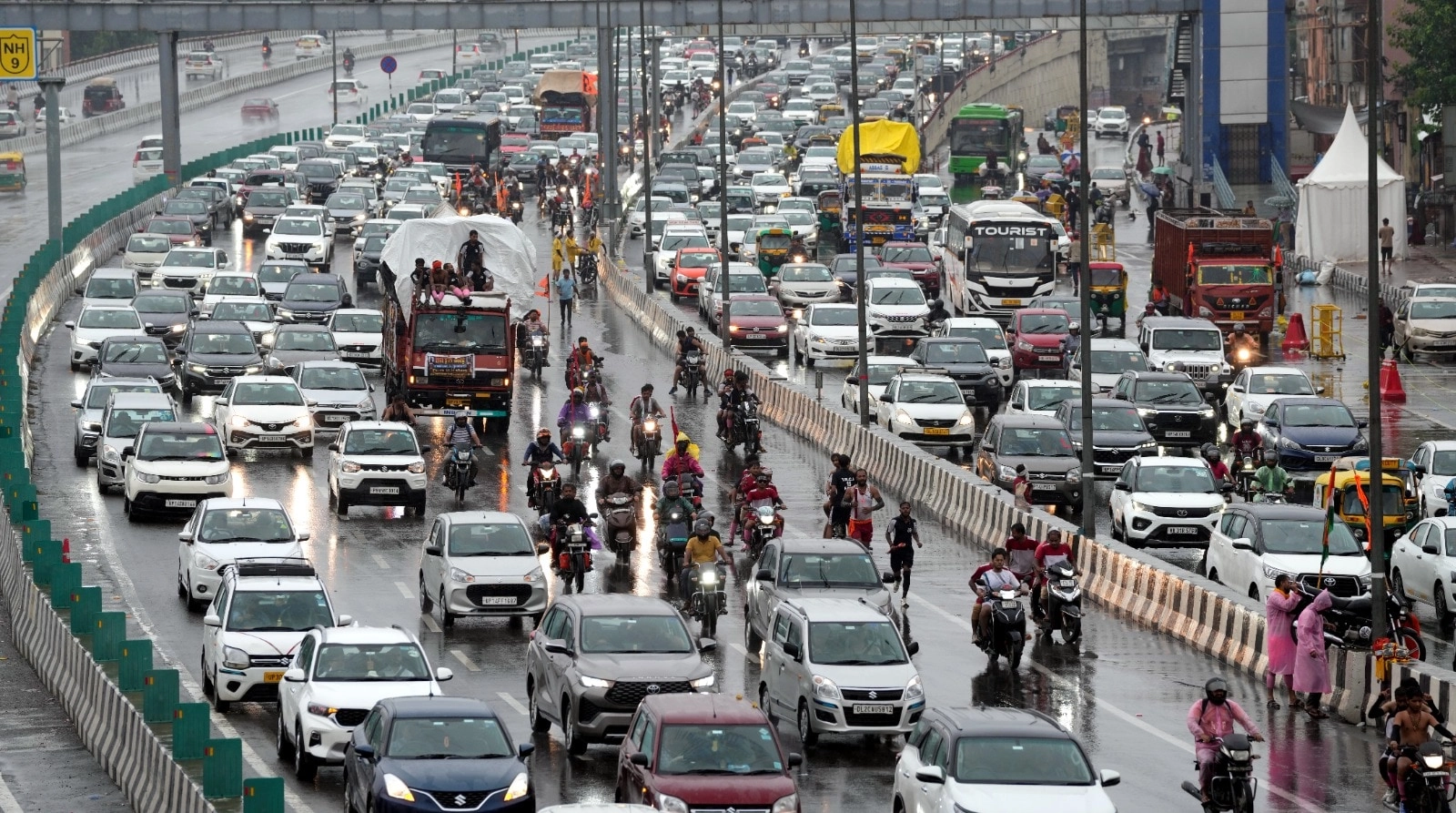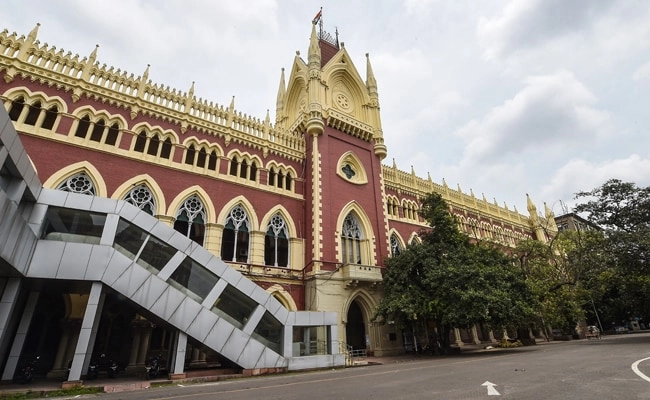In a recent ruling related to a highway case in Kerala, the Supreme Court made a striking observation regarding the impact of rain on infrastructure and daily life in urban areas. The Court’s remark, “2-Hour Rain Paralyses Delhi,” underscores the significant challenges that cities face when confronted with even brief periods of heavy rainfall. This statement serves as a poignant reminder of the vulnerabilities in urban planning and infrastructure resilience, particularly in the context of climate change and increasing weather unpredictability.
The Supreme Court’s comment highlights the pressing issue of how metropolitan areas, such as Delhi, struggle to manage sudden weather events. Even a short downpour can lead to severe disruptions, including traffic congestion, flooding, and damage to roads and public transport systems. Such vulnerabilities raise questions about the adequacy of existing urban infrastructure and the need for enhanced drainage systems, effective urban planning, and sustainable development practices that can withstand the pressures of climate change.
Moreover, the implications of the Court’s observation extend beyond just the immediate impacts of rain. It brings to light the broader concerns regarding governance, accountability, and the responsibility of authorities to ensure that cities are equipped to handle extreme weather conditions. This incident also reflects on the importance of proactive measures in urban design, including green infrastructure, which can help mitigate the effects of heavy rainfall and improve overall resilience.
As cities continue to grapple with the realities of climate change, the Supreme Court’s remark serves as a wake-up call for policymakers and urban planners alike. There is an urgent need to rethink and redesign urban spaces to better prepare for such environmental challenges. By addressing the vulnerabilities highlighted by the Court, cities can strive towards becoming more resilient, ensuring that they are not paralyzed by a mere two hours of rain, but instead can adapt and thrive in the face of changing climatic conditions.




